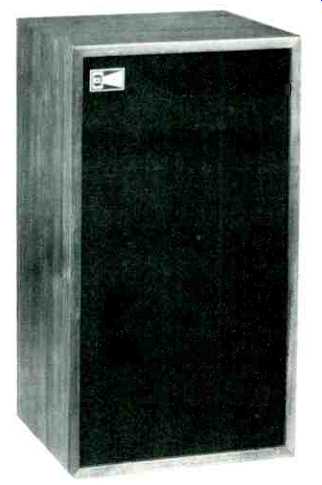
MANUFACTURER'S SPECIFICATIONS
System: Two-way, air-suspension
Bass unit: 8 inch.
Treble: 21 inch. Impedance: 8 ohms.
Frequency range: 40 to 20 kHz.
Shipping weight: 15 lbs.
Dimensions: 18 inches high, 9 3/4 wide by 8 1/2 inches deep.
The Rogersound RSL 28 is a very inexpensive system costing only $39.95 and is only available direct from the makers. It uses an 8 inch bass unit having a 3 lb. magnet structure and a 2 1/4 inch cone tweeter. Crossover is at 1800 Hz using a conventional LC network. (The inductance is air-cored.) The enclosure is completely sealed and the system resonance is 70 Hz. Cabinet work is half-inch construction and the finish is oiled walnut.
Measurements
Figure 1 shows the frequency response taken with one-third octave pink noise. A is the response on-axis, B at 30 degrees off-axis and C at 60 degrees. It will be seen that the rise at the high frequency end is much less off-axis and that dispersion remains excellent up to 18 kHz. The impedance characteristic is shown in Figure 2. The lowest point is just under 10 ohms and the highest is 35 ohms, reached at 2.6 kHz. This range is normal for this kind of system. Tone burst responses at 100 Hz, 1000 Hz and 5000 Hz are shown in Figure 3. Figure 4 gives the low frequency distortion and some SPL measurements. Distortion increases sharply below 50 Hz but the system would handle 40 watts continuous power at 40 Hz without distress and 96 watts at 100 Hz! White noise tests confirmed some coloration-mostly in the mid-frequencies.
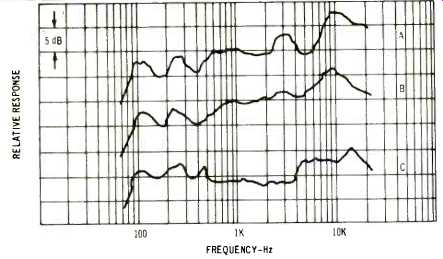
Fig. 1--Frequency response taken with one-third octave pink noise. A is on
axis; B is 30 degrees off axis and; C is 60 degrees off axis.
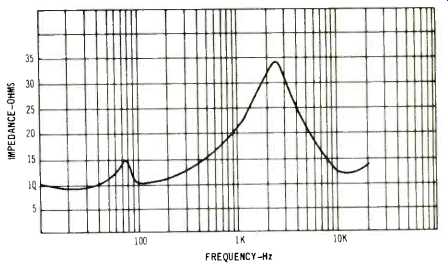
Fig. 2--Impedance characteristics.
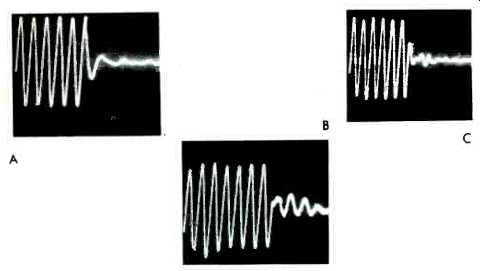
Fig. 3--Tone-burst responses at 100, 1000, and 5000 Hz
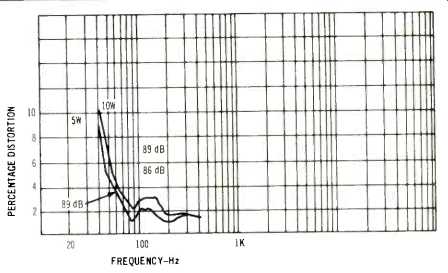
Fig. 4--Low frequency distortion and some SPL measurements.
Listening Tests
The RSL 28 is rated at 35 watts rms so we used a small receiver for most of our tests. This was the Sansui 210 which puts out about 15 clean watts per channel and costs under $150. In other words, the kind of receiver most people would use with a moderate priced loudspeaker system.
As the sensitivity of the RSL 28's is above average, enough power was available for a medium-sized room. The best position for the speakers was angled inward-as might be expected from the response curves. A system in this price range cannot produce the 40 Hz deep bass of larger, more expensive systems but the overall sound was surprisingly good. The 28 can be recommended for those on a budget, either as the main speakers or for quadraphonic conversions.
--T A., G.W.T.
(adapted from Audio magazine, Jun. 1973)
Also see:
RTR 280 DR Speaker System (Nov. 1973)
Microstatic Full-Range Loudspeaker (Jun. 1973)
Rectilinear XIa Loudspeaker System (Aug. 1973)
Dynaco A-35 Loudspeaker System (Jun. 1973)
= = = =